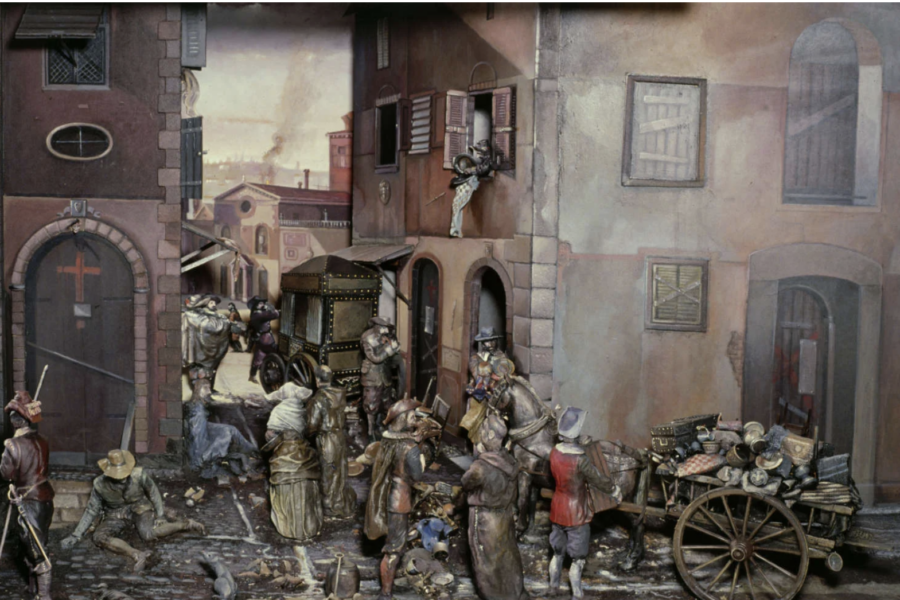Game of Thrones doesn’t tell you the half of it. Life during the medieval ages was nasty, brutish and short. That was especially true during what became known as the Black Death. The widespread outbreak of plague struck between 1347 and 1351, killing tens of millions of people, resulting in the loss of 30 to 50% of the region’s population. The disease itself was horrific. “In men and women alive,” wrote the Italian poet Giovanni Boccaccio, “at the beginning of the malady, certain swellings, either on the groin or under the armpits…waxed to the bigness of a common apple, others to the size of an egg, some more and some less, and these the vulgar named plague-boils.” And it seemed to strike indiscriminately and without warning. People could be healthy in the morning and dead by evening.
The upside, if you can call it that, is that the plaque left in its wake populations that were healthier and more robust than people who existed before the plague struck, according to a new study published today in PLOS ONE. “The Black Death was a selective killer,” says Sharon DeWitte, a biological anthropologist at the University of South Carolina and the author of the paper. “And after the Black Death ended, there was actually an improvement in the standard of living.” The plague was natural selection in action. In a way, that’s a marker of how brutal the medieval era was. It took a serial killer of a plague to actually bring about an improvement in living conditions. If that sounds counterintuitive, think about how life might have changed after half of Europe’s population died off. Suddenly there was a dramatic drop in the number of able-bodied adults available to do work, which meant survivors could charge more for their labor. At the same time, fewer people meant a decreased demand for foods, goods and housing—and as a result, the prices for all three dropped. By the late 15th century, real wages were three times higher than they were at the beginning of the 14th century, before the plague struck. Diets improved as employers were forced to raise wages and offer extra food and clothing to attract workers. As a result, the money spent per capita on food in the wake of the Black Death actually increased. “People were able to eat more meat and high-quality bread, which in turn would have improved health,” says DeWitte.
